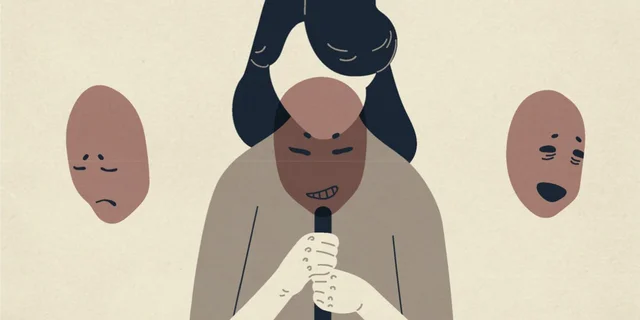Artifact 3
Module 14 Archive most stood out to me. I had the opportunity to apply knowledge from Blog 7 and the Module 10 Archive to this archive. Specifically, the concept of social norms, their effects on behavior, and emotional intelligence. I enjoyed completing this archive because I liked having the opportunity to explain how social norms impact whether we view a person as happy or not. It gave me the chance to really think about society’s standards for behavior, which interest me.
Through this archive I realized that emotional intelligence comes into play when determining whether or not the Subjective Happiness Scale will yield accurate results. The higher a person’s emotional intelligence, the more likely it will be that they yield accurate results, since they have a better understanding of their emotions—happiness specifically. I also wrote in my archive that social norms effect whether or not others perceive an individual as happy. This is due to the fact that many suppress certain emotions (e.g., anger and sadness) when in public settings because of the general expectations for social behavior. Like in the image I chose below, a lot of people will suppress their emotions, almost hiding them behind a mask of another emotion, in order to not violate social norms such as this.
Image obtained from here
Artifact 2
Out of the four items I’ve archived over these past few weeks, the one that most stuck out to me was the Module 8 archive. Racial stereotypes is a topic I often discuss with family and friends; so I enjoyed being able to share some of my thoughts on them in my assignment. In it, I gave insight into why I believe Black stereotypes are seeing a slight shift. Since I’m Black, and therefore impacted by these stereotypes, I was glad I was given the opportunity to have that discussion.
Through my Module 8 archive, I learned about the alteration of stereotypes—primarily racial ones. Due to numerous factors, which I discussed in my paper, stereotypes can often have minor shifts. Black stereotypes, for example, went from ignorant and superstitious, to rhythmic and criminal; and there has no-doubt been more recent additions to the list. I argued that stereotypes typically change because society’s perceptions change. Prior to doing this assignment I hadn’t come to this conclusion, so by completing the Module 8 archive, my knowledge was definitely enhanced in that area. Stereotypes, whether deemed positive or negative, have a huge impact on the group they reference. I believe the image below is a great representation of this.
Artifact 1
Out of the three items to archive I’ve completed so far, the one that most intrigued me was Item to Archive #1. In it, I was told to watch a video report by 20-20 about the coverage of biased news. It was also assigned that I write about the roles representativeness heuristics and availability heuristics play in the media. Heuristics was a very interesting topic to me, as I, like most, am often influenced by them, but didn’t even know that there was a name for them until recently.
While completing the assignment, I learned that the influence of heuristics can have very negative, and sometimes even dangerous, outcomes. The influence of heuristics often leads to illogical conclusions, which can in turn, result in unintelligent decisions. Before watching 20-20’s video, I wasn’t aware of exactly how often the news takes advantage of heuristics, so it was really eye-opening to hear about. For my representative visual image, I chose a screenshot from 20-20’s video, “Are We Scaring Ourselves to Death,” in which John Graham PhD made a very interesting remark. He said, “The problem is, that as a country, we’re having our attention diverted to relatively small risks.” This statement stood out to me because of how true it is. Due primarily to heuristics, many are distracted by the possibility of something relatively small or unlikely, occurring, rather than giving the larger, far more important issues attention. This just points back to how detrimental the influence of heuristics can be.

Screenshot above obtained here

